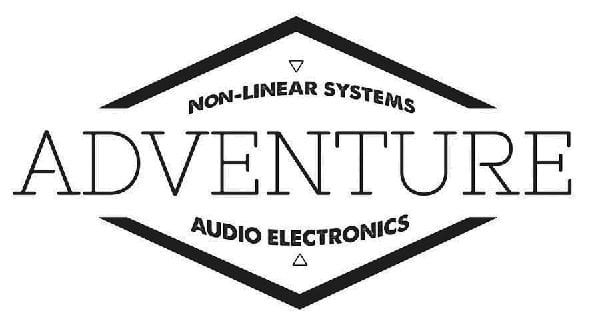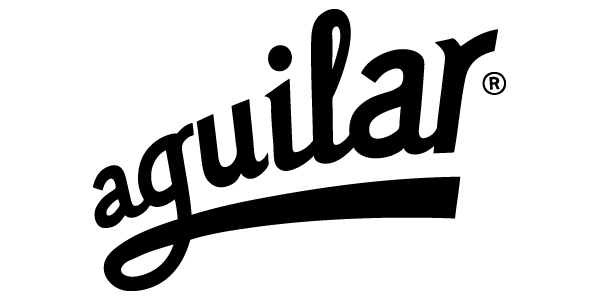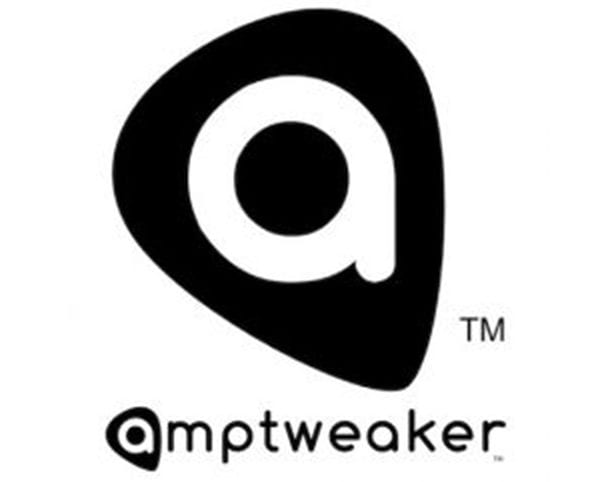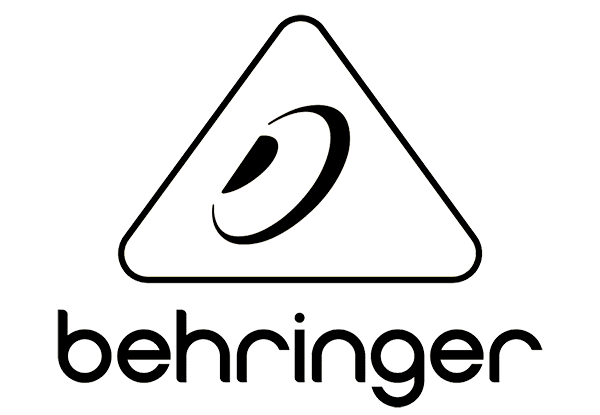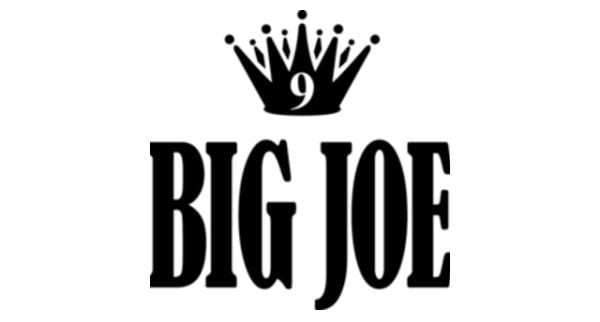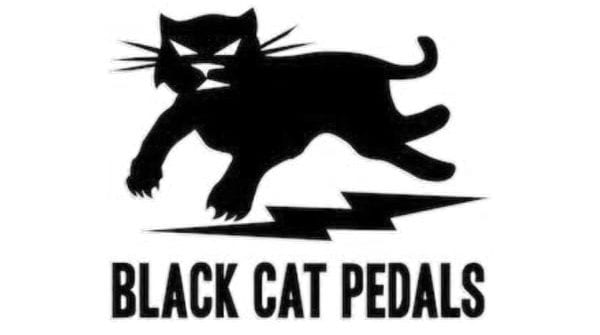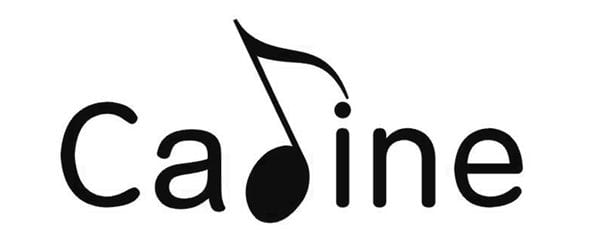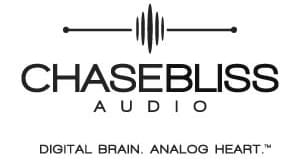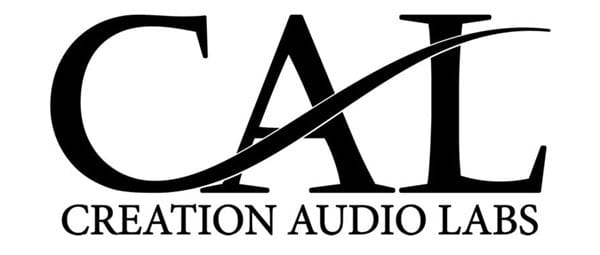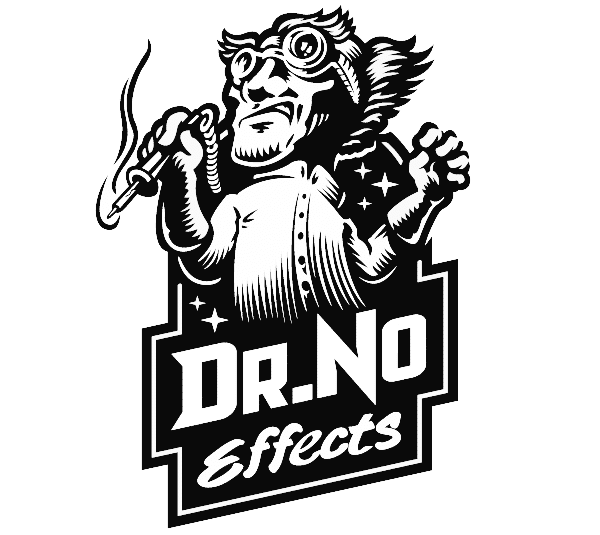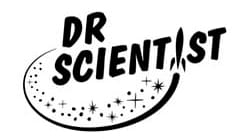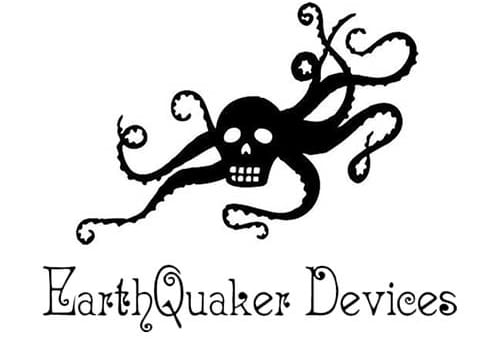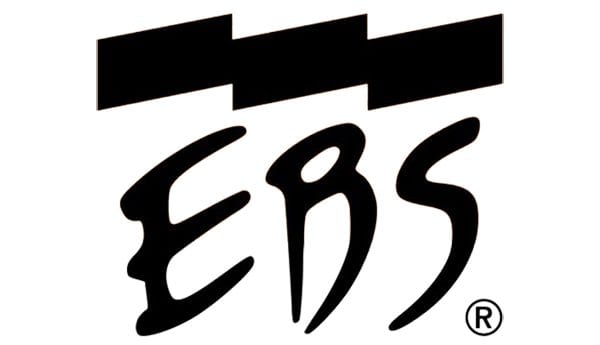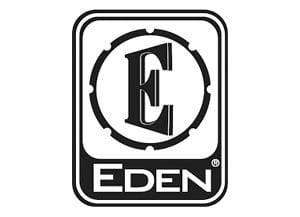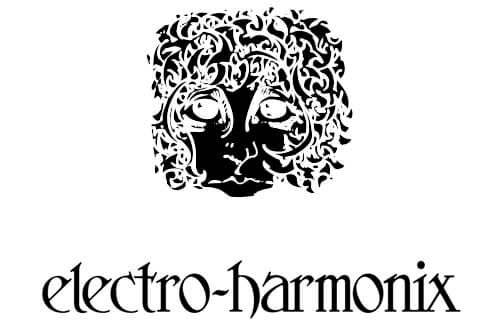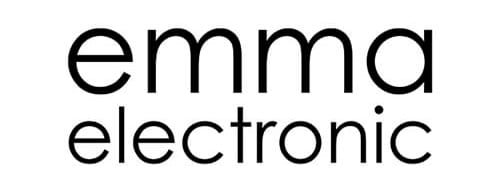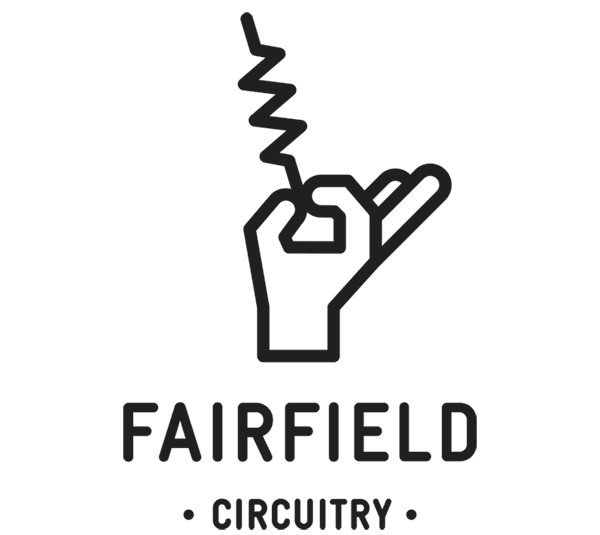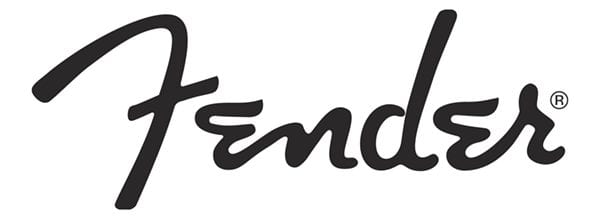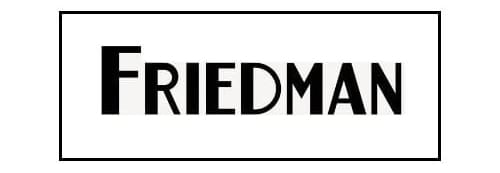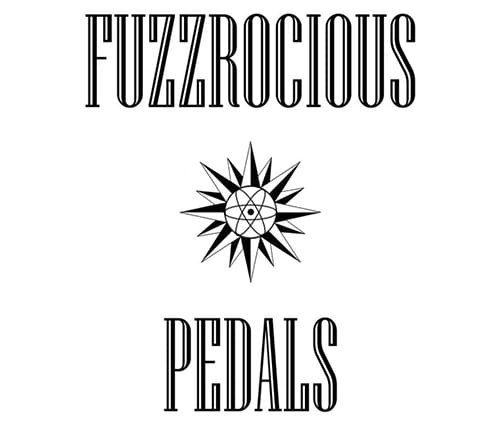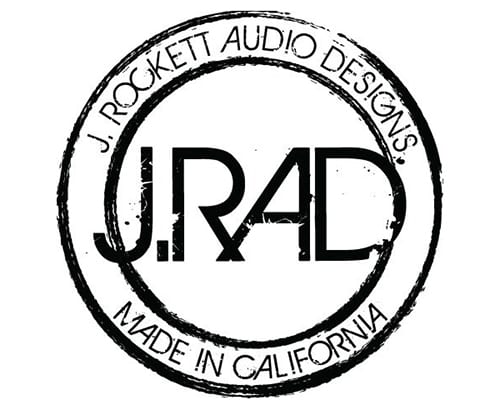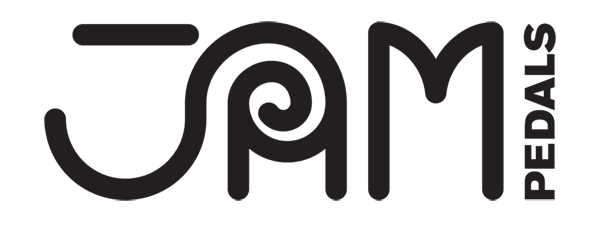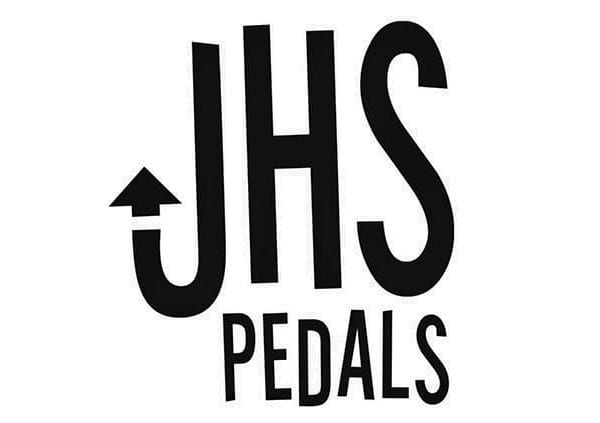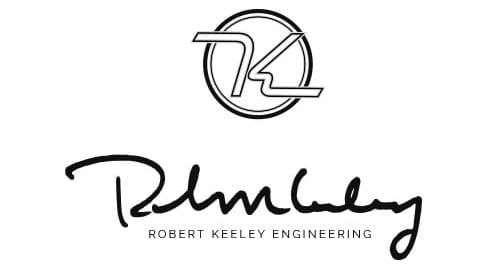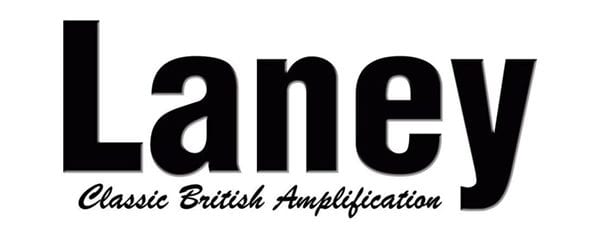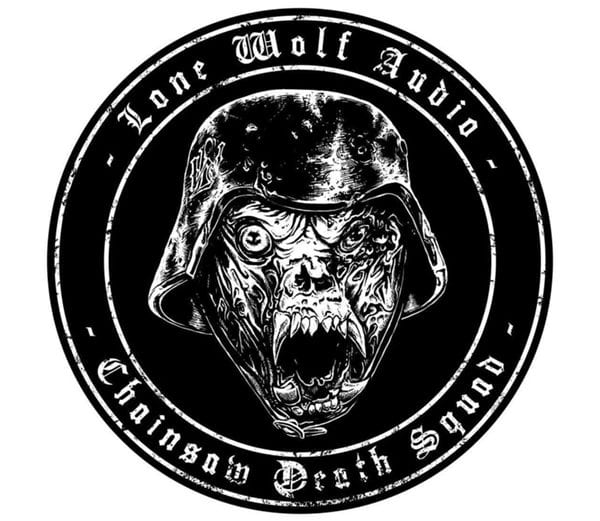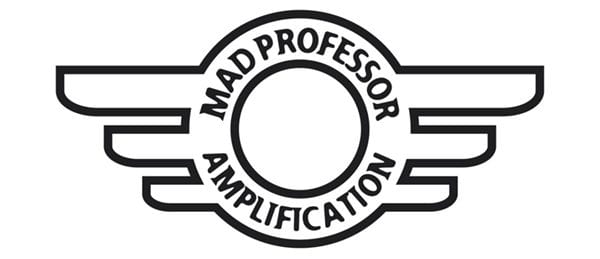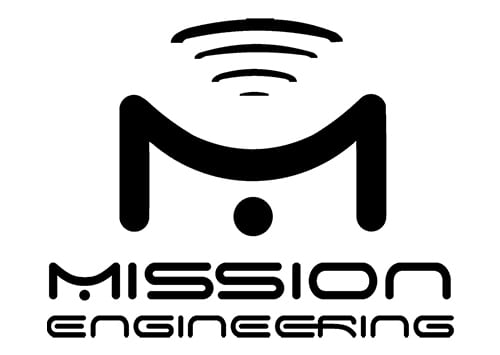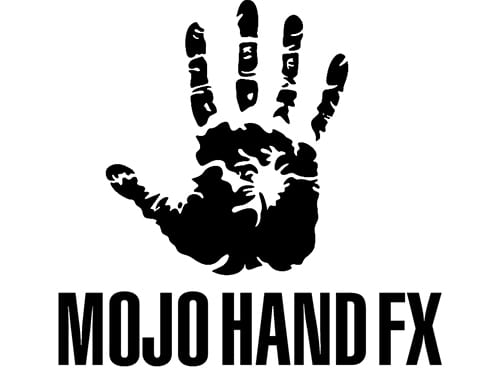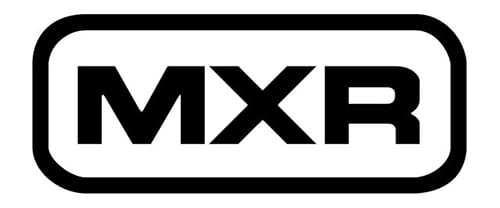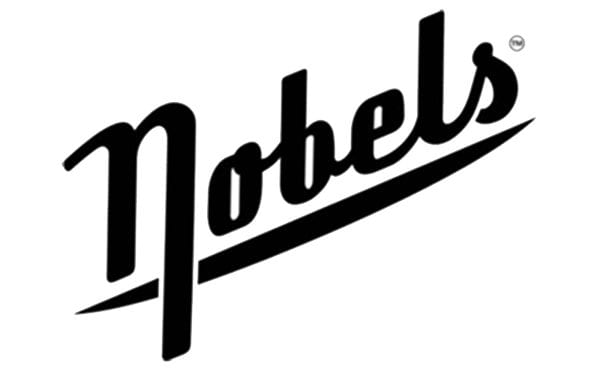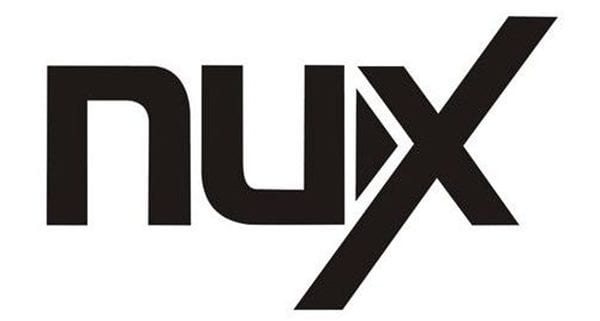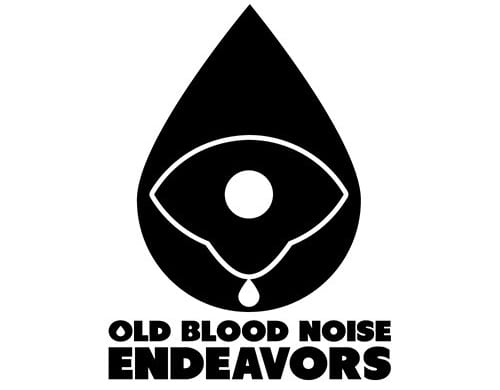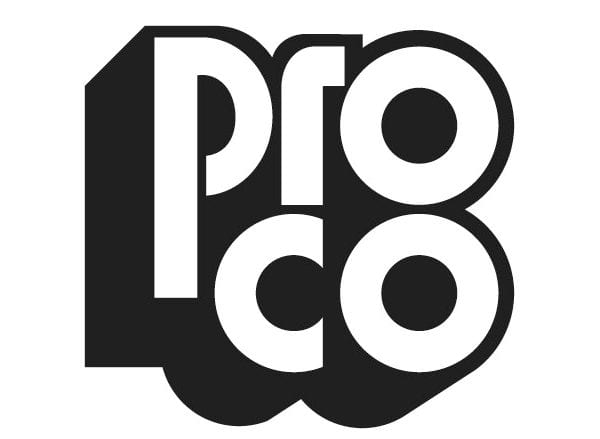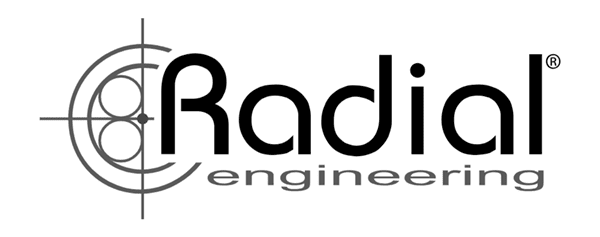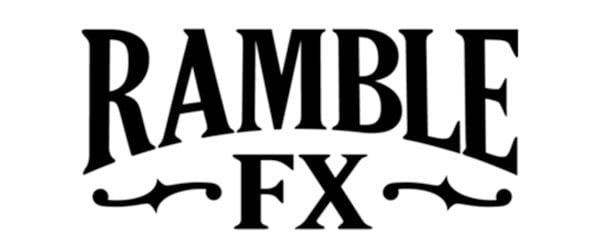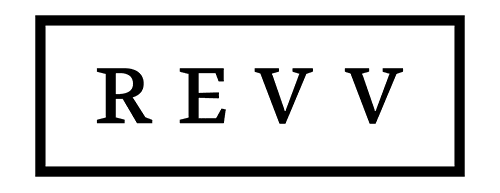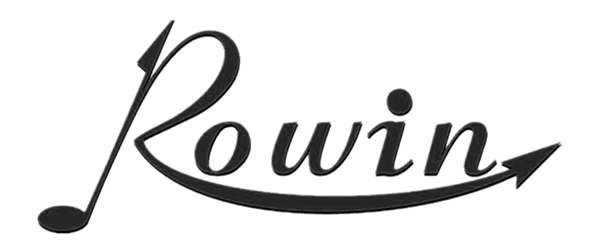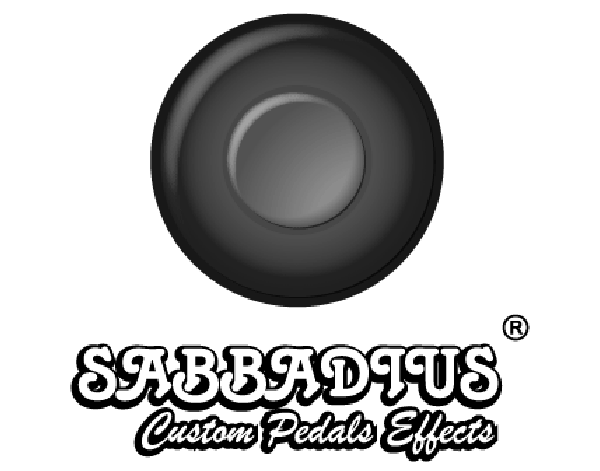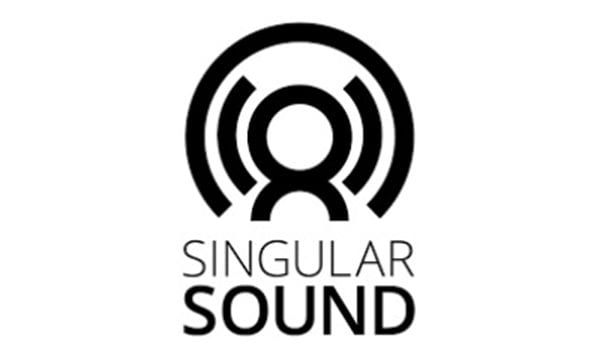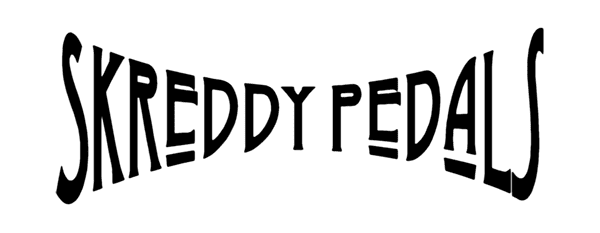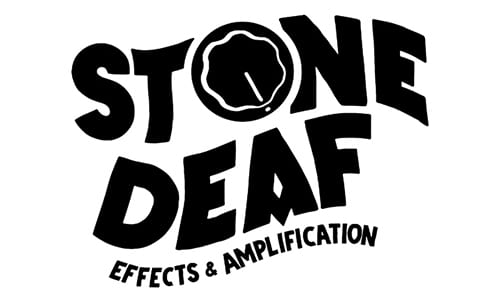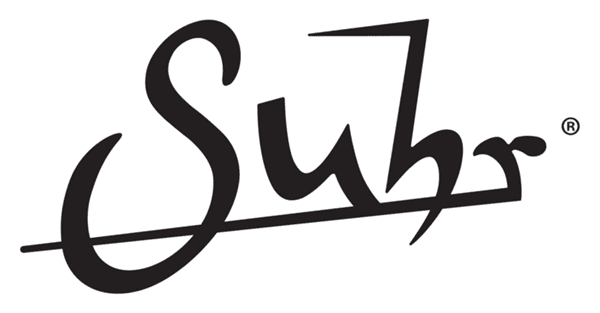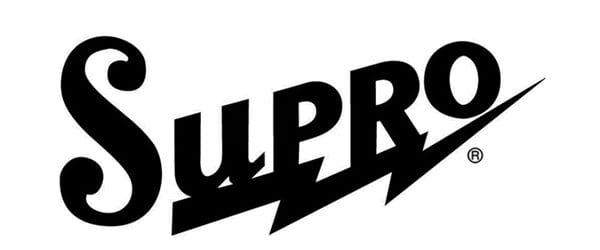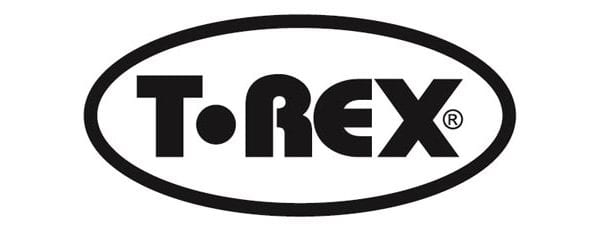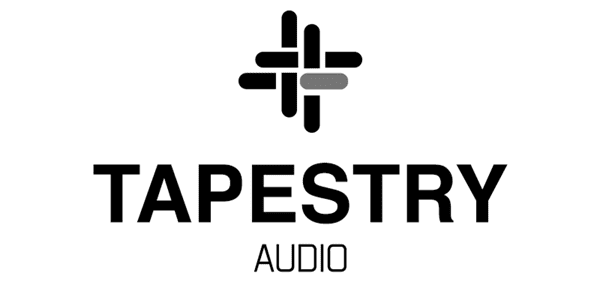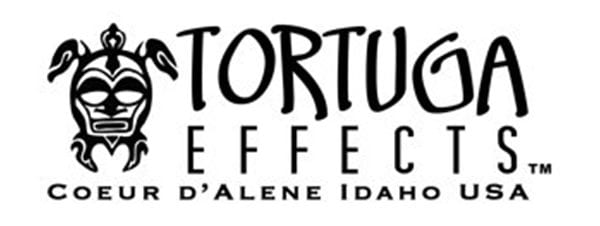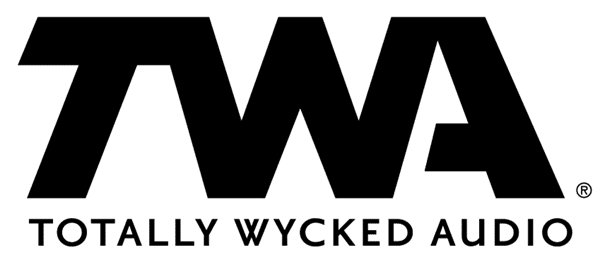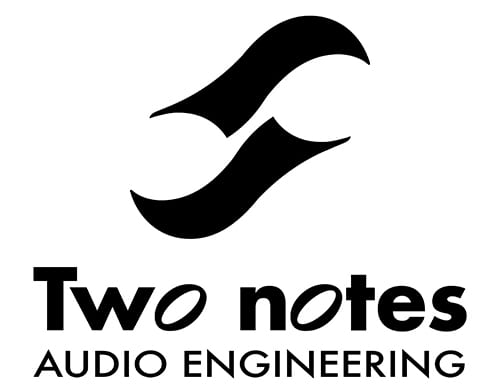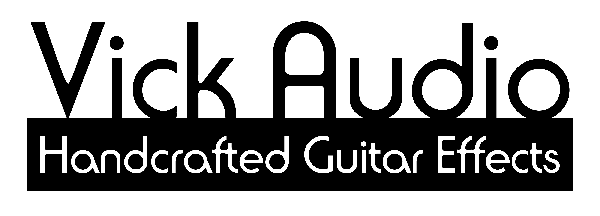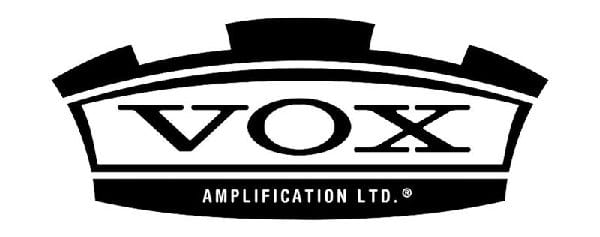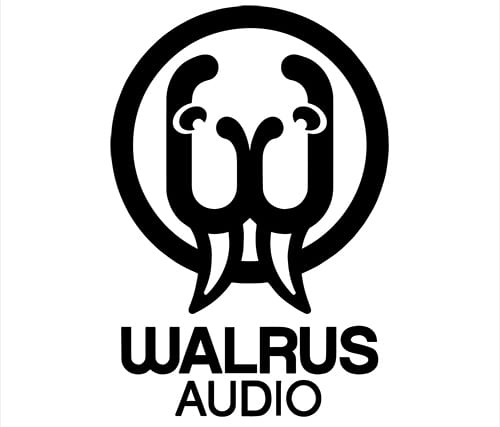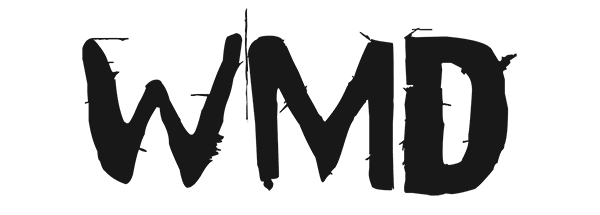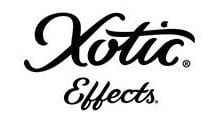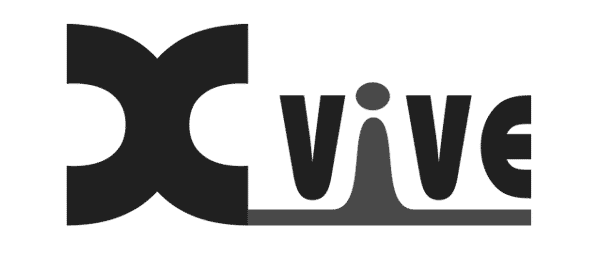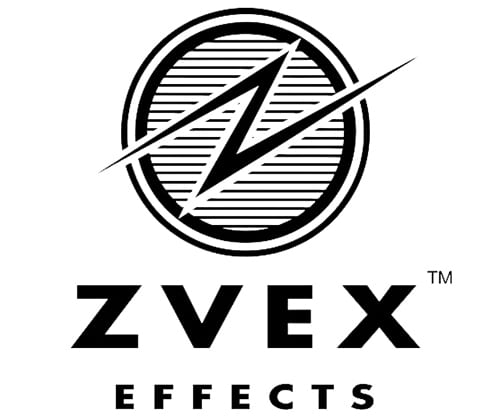What is a preamp pedal, and why do you need one? In guitar amplifiers, the preamp is where tone shaping and overdrive happens before your guitar signal is sent off to the power amp. If you need a little boost, on-demand tone settings, a bit of gritty drive, or want to plug directly into a venue’s PA or mixing board, a preamp pedal is definitely mandatory for your board.
The preamp pedals on our list are a diverse bunch. Some are simple units with just a single knob for output level, while others are multi-band/multi-effect tone shapers. Keep reading to find out which one is right for you.
Catalinbread Epoch Boost Preamp/Buffer ($150)
 Echoplex’s legendary 1960s EP-3 tape delay unit may have provided amazing echo effects, but guitarists really loved the way that the effect’s onboard preamp colored their tone. Most of us have moved away from clunky tape-delay units, but companies like Catalinbread continue to produce great echo/delay pedals that replicate the old tape sounds of units like the EP-3.
Echoplex’s legendary 1960s EP-3 tape delay unit may have provided amazing echo effects, but guitarists really loved the way that the effect’s onboard preamp colored their tone. Most of us have moved away from clunky tape-delay units, but companies like Catalinbread continue to produce great echo/delay pedals that replicate the old tape sounds of units like the EP-3.
But what about the preamp? Now you can get all the magic of the EP-3’s preamp in a separate two-knob pedal known as the Epoch. Catalinbread is not the first company to do this, as MXR/Dunlop produce pedals replicating the EP-3’s delay and preamp as well. But the Catalinbread also serves as a buffer pedal, intended to sit at the end of your effects chain and preserve your sound through whatever length of cable you send it through.
For a simple, tone-focused preamp pedal that adds a subtle bit of grit and opens up your sound, the Epoch is excellent.
JHS Clover ($199)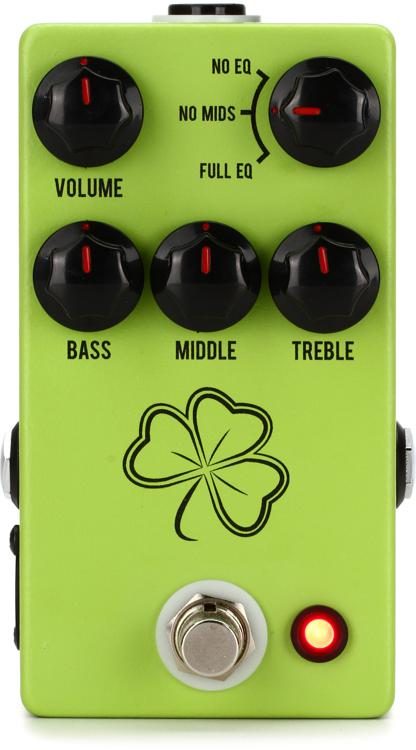
Based on the rare BOSS FA-1 preamp of the early ‘80s (made famous by The Edge of U2), JHS’s Clover intends to be “an end-all preamp/boost circuit” for both guitarists and bassists. Focused more on tone than drive, the distinctive green chassis features 4 dial knobs controlling level as well as Bass/Mid/Treble levels.
It also has a separate 3-way knob that allows you to select 3 different EQ modes:
- Flat, which turns the pedal into a simple boost
- No mids, like the original FA-1
- Full EQ, which is set by the three tone knobs
You can shape your tone a bit more by using the pedal’s separate low-cut switch, too.
With a separate XLR output that allows you to run straight into your mix, this pedal will benefit about any type of player, instrument, or setting.
MXR Micro Amp Plus ($119)
 If you’re looking for a clean-boosting, tone-shaping preamp that makes the rest of your pedalboard and amp just sound better, check out the no-frills Micro Amp Plus. An upgrade to MXR’s much-loved Micro Amp and its single level knob, this thing gives you bass and treble controls that bring out the best of your sound.
If you’re looking for a clean-boosting, tone-shaping preamp that makes the rest of your pedalboard and amp just sound better, check out the no-frills Micro Amp Plus. An upgrade to MXR’s much-loved Micro Amp and its single level knob, this thing gives you bass and treble controls that bring out the best of your sound.
Intended mostly for use with tube amps, this pedal excels at clean boosting by using low-noise op-amp circuits that increase your amp’s headroom. You can also utilize it with the gain stage of your amp or in concert with overdrive/distortion pedals. Either way, this pedal will push your gain to the front of the mix, making it a great tool for any guitarist.
BOSS Acoustic Preamp ($100)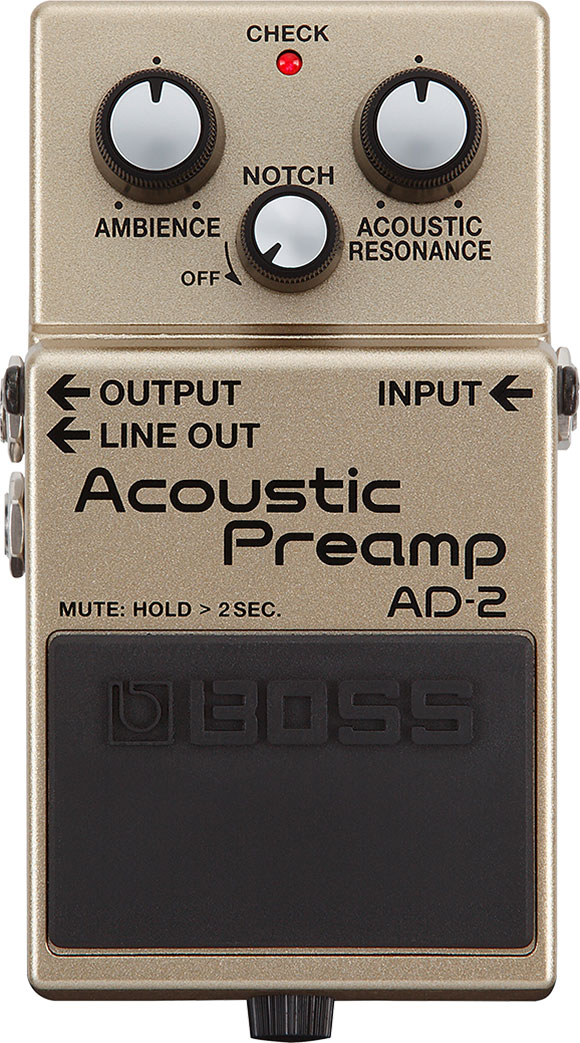
Acoustic guitars arguably need separate preamp pedals even more than electric guitars. After all, your electric almost always gets plugged into an amplifier with its own preamp, but acoustics are more likely to be plugged straight into the PA, making some sort of external preamp essential.
Rather than the EQ/boost combo that other preamps here are based on, BOSS’s Acoustic Preamp adds effects that improve the sounds that acoustic pickups produce. An ambience control adds some echo and reverb, while the acoustic resonance knob controls how “woody” and earthy your open steel strings sound. Throw in “notch” control that limits feedback and you’ll see how a unit like this is essential for acoustic performance.
Tech 21 SansAmp Para Driver ($209)
 The SansAmp Para Driver is without a doubt the most comprehensive preamp unit we’re looking at today, extending well beyond just boost and EQ. You can use it to boost or cut your level up to 12dB in either direction, and its drive control boasts the tube-amp emulation that all SansAmps are famous for. If the 3-band EQ doesn’t achieve the tone you’re looking for, try engaging the rumble filter to limit bass frequencies, or turn on the “air” button for a top end that works great with acoustics or vocals.
The SansAmp Para Driver is without a doubt the most comprehensive preamp unit we’re looking at today, extending well beyond just boost and EQ. You can use it to boost or cut your level up to 12dB in either direction, and its drive control boasts the tube-amp emulation that all SansAmps are famous for. If the 3-band EQ doesn’t achieve the tone you’re looking for, try engaging the rumble filter to limit bass frequencies, or turn on the “air” button for a top end that works great with acoustics or vocals.
This thing is truly intended to be a replacement for on-board preamps. It has a phantom power-capable XLR output, and even a separate, mixable dry channel so you can blend your sculpted tone at any level. If you’re a musician who primarily plugs into the mixing board instead of dragging around a heavy tube amp, this is your best option for a preamp.
Summary
Every guitarist can benefit from having some sort of preamp in their setup. Given the wide variety of models available, it all just depends on what you need the most.
- If you want just a bit more tonal control on demand for when you play a lead, the JHS Clover or MXR Micro Amp Plus will be excellent.
- If you’re focused on getting a little more vintage-style grit to complement your amp, the Catalinbread is the next best thing to buying a $4,000 Echoplex just for the preamp.
- Acoustic players will love the BOSS Acoustic Preamp, but the SansAmp excels with acoustic instruments as well.
- The SansAmp is the preamp to use if you’re plugging straight into a mixing board from your pedal board.


